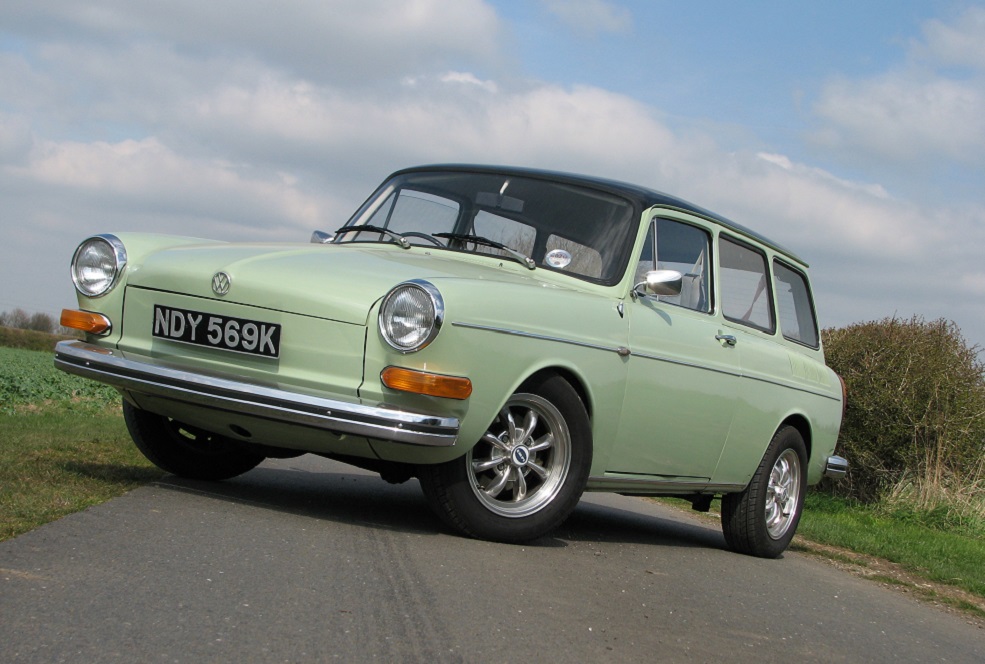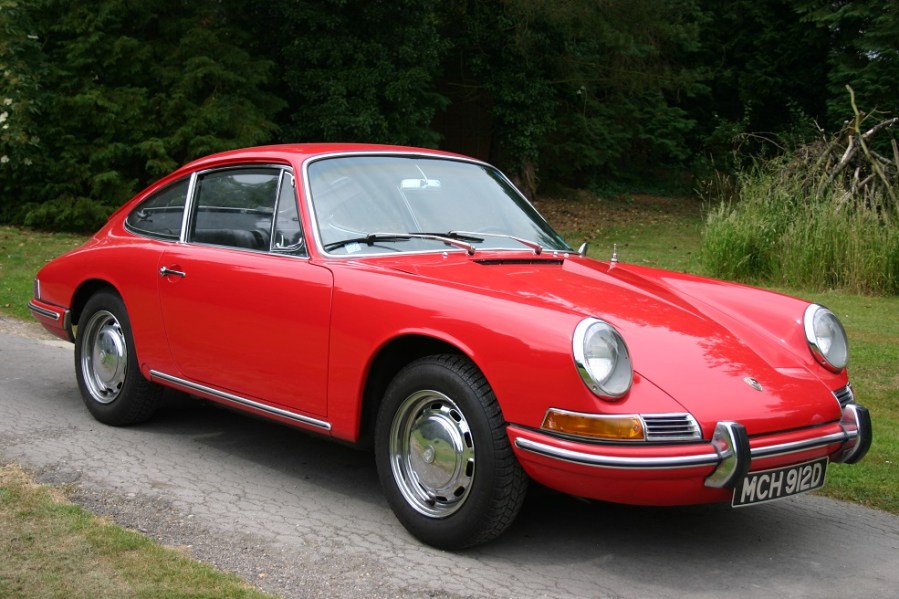Several popular classics have proven that you don’t need water cooling to be cool. These three overshadowed air-cooled classics are well worth a gander.
Porsche 912 (1965-1969)
When Porsche discontinued the 356, it experienced a similar sales drop to Citroën when the DS had been launched – and like the Ami, Porsche recognised that a new sub-model would be needed in order to recoup sales. The 911 was a larger, more powerful and considerably more expensive car than its predecessor, and existing Porsche clientele found themselves without a replacement car to go and buy.
What was needed, therefore, was a 356-style rear engine 1600cc sports car, and with the 912 Porsche gave them exactly that. Development occurred concurrently with 911 prototypes and the finished car was launched a year later. The engine used was a development of that from the 356C, putting out 102bhp. 912s were produced for four years in both coupé and Targa body styles – and while many have been modified into budget 911 replicas an original 912 is a desirable classic today.
The last few years have seen 912 values double – with the cheapest jumping from £15000 to £35000 and the most expensive 912s now commanding in the region of £70,000, the 912 is now where 1960s 911s were until relatively recently too. And the trend is continuing, it’s well worth buying now if you’re looking for a valuable investment that will offer better returns than money in the bank without the risks of the stock market.

Citroën Ami (1961-1978)
The Citroën 2CV was arguably the greatest people’s car of all time. While many would dispute this, the fact remained that its simple recipe proved popular in rural France. Rivals Renault launched the Renault 3 and 4, which soon overtook the 2CV in terms of desirability thanks to their less utilitarian trim. In part prompted by this, but also buoyed by the upward shift of its larger D models compared to their Traction predecessors, Citroën identified and the filled a gap in the market by launching a plusher, better-trimmed car with all the rugged good sense of the 2CV underneath. Styled not by a vehicle designer but by a sculptor, Flaminio Bertoni created an oddball looking small saloon that nonetheless became France’s best-selling car of the decade for the 1960s. Subsequent updates included a tamer body for the more powerful Ami 8, and eventually a flat four from the GS in the performance oriented Ami Super.
Following a drop in values at the start of 2018, Ami values have increased once more and are now at a five-year high. Granted, the values can be skewed by the occasional concours example but you’ll still be hard pressed to find a really nice Super or an Ami 6 for under £5000. The affordable alternative is the Ami 8, but for many it lacks both the performance and the eccentricity that make the Ami Super and Ami 6 respectively so desirable among collectors.

Volkswagen Type 3 (1961-1973)
During the 1950s and 1960s Volkswagen was hobbled by the insistent views of its then MD, Heinrich Nordhoff, that rear-wheel drive was the future and that the Beetle was all the company needed to stay solvent. By the 1960s however, it was clear that the Beetle was no longer top dog – and VW was losing market share to other established rivals. It therefore needed a new model and the Type 3 was the first tentative step in this direction. It fundamentally retained the underpinnings of the Beetle, but married them to a new Ponton-style body that appeared significantly more up to date. There was a choice of styles too – a Beetle-style Fastback, a notchback two-door saloon and a useful Variant estate.
Upgraded over its life with an increase in engine capacity from 1500cc to 1600cc and subsequent fuel injection, the Type 3 was produced from 1961 to 1973. It was replaced in Volkswagen’s range by the new water-cooled Passat, a fastback version of the Audi 80 saloon.
There aren’t many Type 3s in the average auction – and it can be difficult when cars are so scarce to establish a trend. But while the nicest Type 3s aren’t moving significantly beyond £1000 yet, values of the bottom end of the market are increasing. This suggests that there are fewer projects available as more cars are restored to high standards – if you’re looking for a relatively safe bet as far as a classic buy goes it would appear that the majority of Type 3s left are average-to-good given the sale values.





